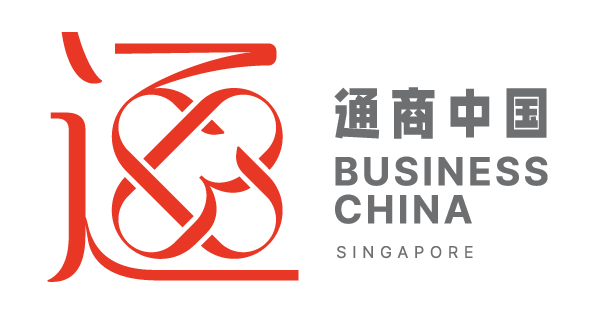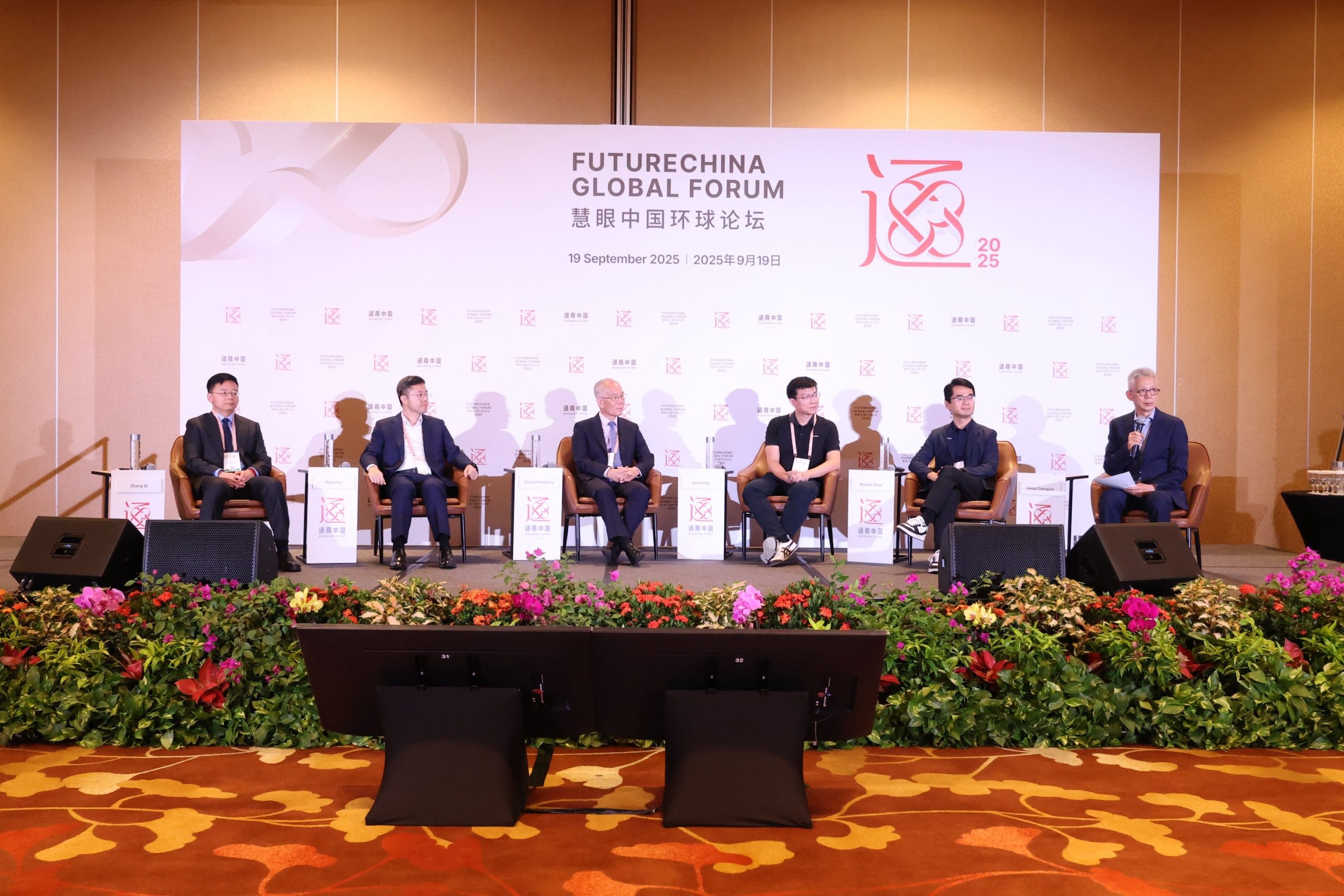FutureChina Global Forum 2025
The World in Flux – Challenges and Opportunities
Panel 4: The AI Race: Driving the Next Industry Inflection
Executive Summary
The panel saw 2025 as the dawn of the Agent Economy, with AI evolving into autonomous partners capable of transforming how work and industries are organised. They felt this shift lowers barriers for entrepreneurs, unlocks new applications from gaming to robotics, and redefines human–AI interaction through emotional and social intelligence. At the same time, panelists stressed that governance and geopolitics will shape the trajectory, as nations compete while grappling with global safety challenges.
- The Dawn of the “Agent Economy”
Panelists defined 2025 as the start of an “Agent storm or revolution”, where AI evolves from a simple tool into an intelligent partner capable of complex planning and execution.
- AI Agents are distinguished from previous AI by a powerful “brain” provided by advanced large models, which enables them to reason, plan, and interact with their environment to complete tasks.
- The evolution of AI’s role in relation to humans is seen as moving from a basic “tool,” to an “assistant” (like a Copilot), and now to an autonomous “partner” that can manage complex workflows.
- This technological shift is expected to create a new “Agent Economy”, where entire business processes are run by agents, fundamentally altering the structure of companies and industries.
- The Rise of the One-Person Entrepreneur
The panel highlighted a paradigm shift where AI agents dramatically lower the barrier to creation, enabling individuals to develop complex products that once required large organisations and significant capital.
- The concept of the “One-Person Entrepreneur” was introduced, exemplified by a non-coding product manager who, in one week and for just five dollars, built a sophisticated application that would traditionally require a large team and months of work.
- This new model is transforming investment, allowing startups to reach the prototype stage with one-tenth of the cost, time, and manpower previously needed. Investors are now prioritising vertical agents that can build a “data flywheel” over general-purpose agents, which are the domain of large model companies.
- When evaluating new agent-based ventures, key considerations include their plans for massive scalability, the metrics used to define task success, and whether the agent possesses not just IQ but also EQ (emotional) and SQ (social) intelligence to function in a collaborative network.
- Agent Integration Across Industries
The discussion explored how AI agents are being implemented across diverse sectors, from the digital world of gaming and search to the physical world of robotics, each with unique challenges and opportunities.
- In gaming, agents are enabling “AI-Native games” where non-player characters (NPCs) have their own goals and memories, creating dynamic, personalised narratives that can be prototyped and validated up to 100 times faster than before.
- For robotics and autonomous driving, the primary challenge is “embodiment”—connecting the AI “brain” to a physical body to perceive and act in the real world. While the industry still has a “very long way to go” to profitability, the technology is steadily advancing.
- Agents are also being used to provide emotional value and companionship, a trend that is fundamentally changing user interaction with technology from a purely tool-based relationship to a social and supportive one.
- Navigating Geopolitics and AI Governance
The panel concluded by addressing the critical global challenges of AI safety and governance in a world where the technology is also a key area of geopolitical competition.
- While large model development is currently concentrated in the US and China, the technology is expected to become a global utility like electricity in the long run, with differentiation occurring at the application layer.
- A crucial distinction was made between governance (preventing misuse by humans) and AI safety (mitigating intrinsic risks from the model itself, such as escaping control), with the latter being a technical problem requiring a global solution.
- Different regions have distinct regulatory approaches: the US prioritises not hindering innovation, the EU is stricter, and China’s approach is more comprehensive. However, creating a unified global framework is difficult as every nation views AI as a core competitive advantage.

